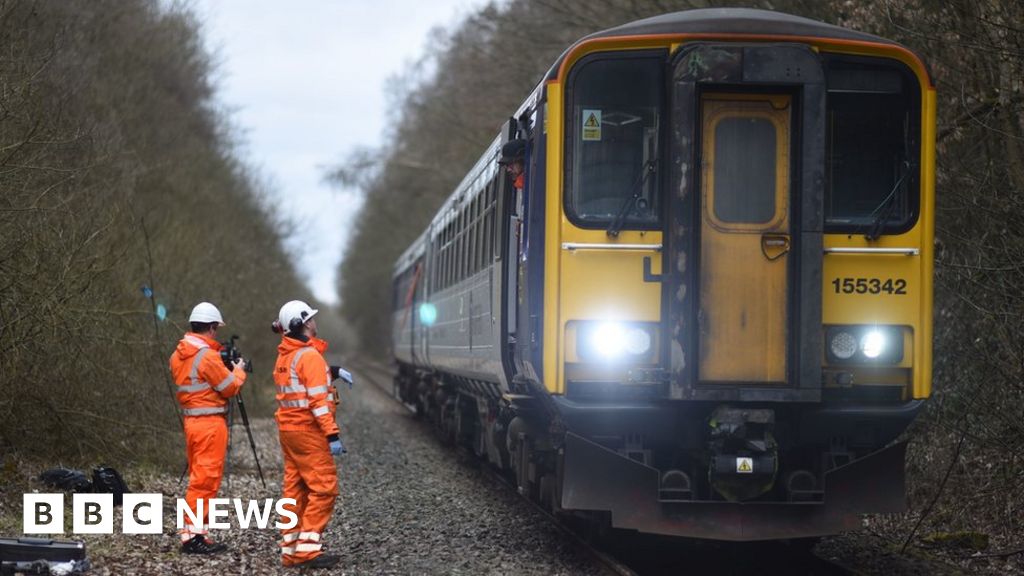Iskra
Established Member
It looks like a new way of cleaning the rails is being trialled. It could spell the end of traditional railhead treatment trains, which would be good as it saves paths, cancellations, emissions and costs if the regular DMU’s can cover the same work. Definitely one to watch:


Dry ice to help cut train delays caused by leaves on tracks
The new method of removing leaves from tracks will be trialled across northern England in the coming weeks.
www.bbc.co.uk
A new way of removing leaves more efficiently from railway lines to reduce delays is to be trialled across northern England.
The technique, developed by University of Sheffield engineers, involves blasting tracks with dry ice from a passenger train.
It will be trialled by operator Northern in the coming weeks.
Leaves cause a slippery layer on railway lines, leading to delays as trains must run at slower speeds.
Under the new method, pellets of dry ice are fired in a stream of air, making leaves frozen and brittle.
The dry ice then quickly turns back into gas, causing it to expand and destroy the leaves.
Last edited by a moderator:
